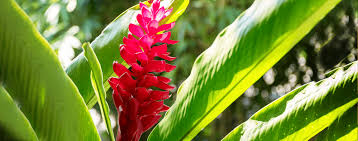Plant propagation is the process of creating new plants from existing ones. This can be done through various methods, each with its own set of techniques and requirements. By understanding these methods, you can expand your garden and share your favorite plants with others.
Common Methods of Plant Propagation
- Seed Propagation:
- Direct Sowing: Seeds are sown directly into the soil.
- Seed Starting: Seeds are sown in containers indoors and then transplanted outdoors.
- Cuttings:
- Stem Cuttings: Stems are cut from a parent plant and rooted in water or soil.
- Leaf Cuttings: Leaves are cut from a parent plant and placed on moist soil to root.
- Layering:
- Air Layering: A branch is wounded and covered with moist sphagnum moss to induce root growth.
- Ground Layering: A low-hanging branch is bent to the ground, pinned, and covered with soil to root.
- Division:
- Root Division: Plants with clumping growth habits are divided into smaller sections, each with roots.
- Crown Division: Plants with a central crown are divided into smaller sections, each with a portion of the crown.
Tips for Successful Plant Propagation
- Timing: The best time for propagation varies depending on the plant species. Many plants are best propagated in spring or early summer.
- Sanitation: Use clean tools to prevent the spread of diseases.
- Proper Environment: Provide the right conditions for rooting, such as adequate light, temperature, and humidity.
- Patience: Propagation can take time, so be patient and don’t rush the process.
- Experimentation: Don’t be afraid to experiment with different propagation methods to find what works best for your plants.
By learning the basics of plant propagation, you can enjoy the satisfaction of growing your own plants and sharing them with others. Whether you’re a seasoned gardener or just starting out, propagation is a rewarding hobby that can help you create a beautiful and sustainable garden.



